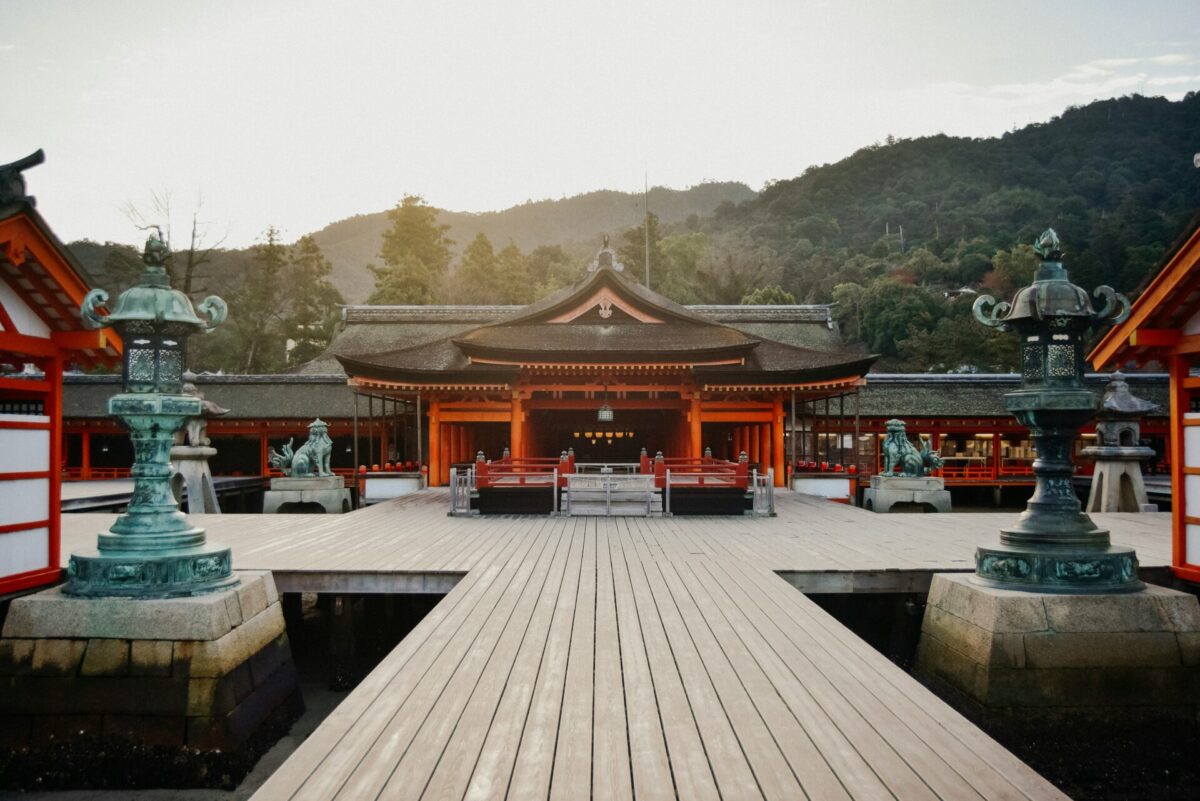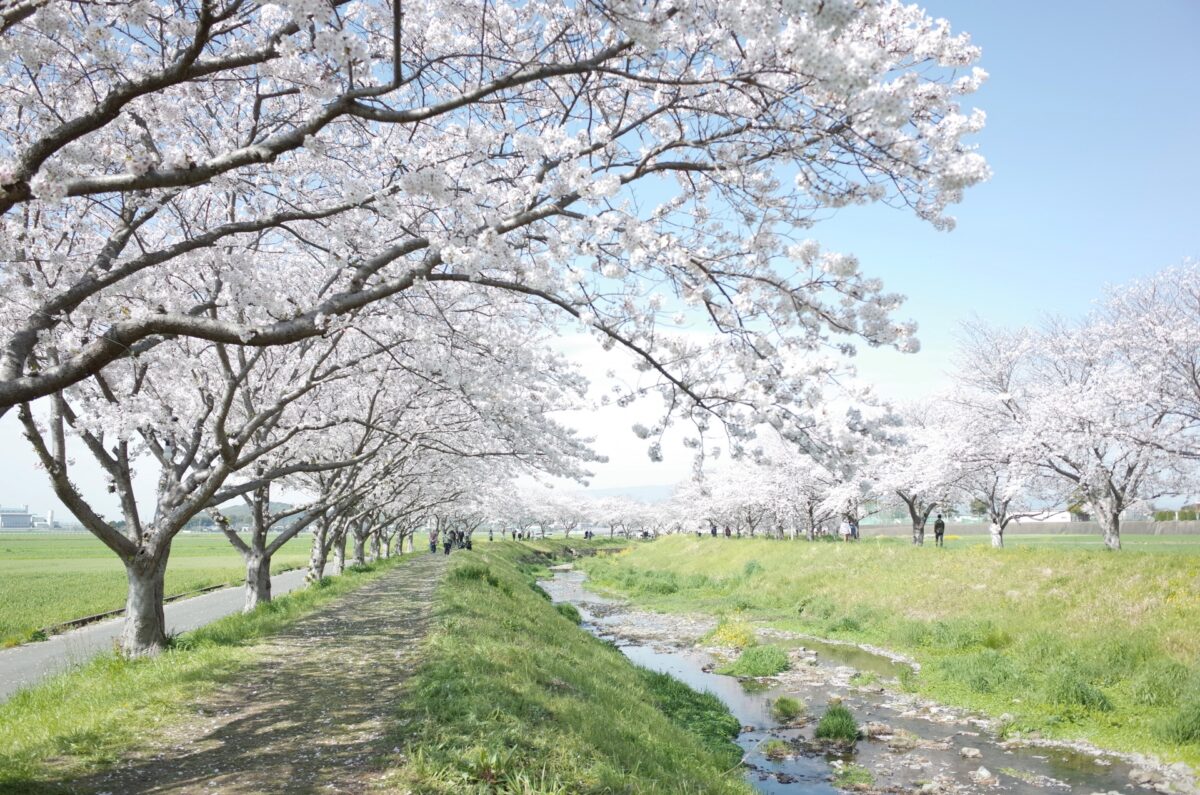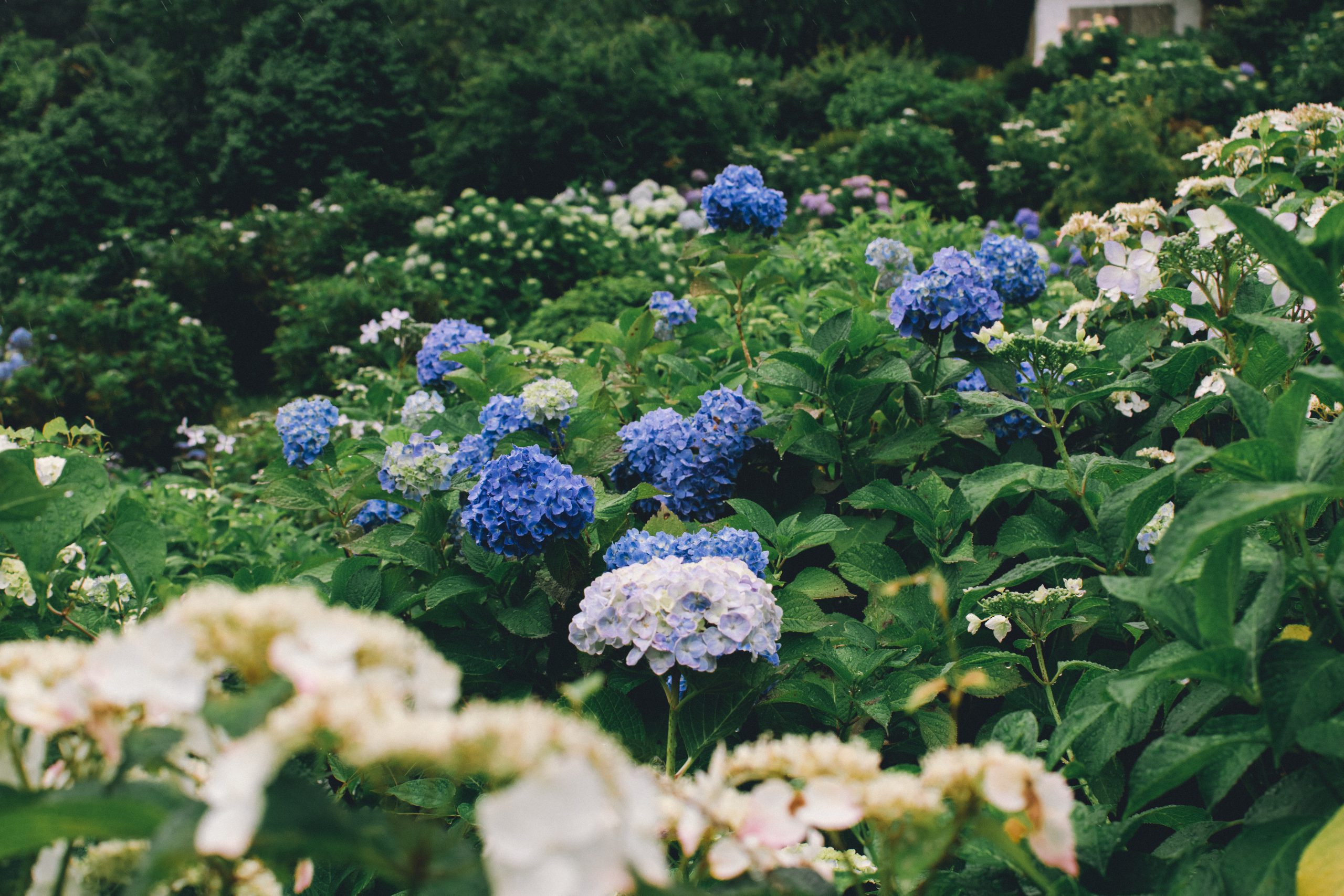
Mao Goto is a Japanese freelancer who was born in Hayama, Kanagawa prefecture, and raised in Tokyo. Since 2016 she lives in the Taito Ward, home to a lot of Japanese culture hotspots such as Asakusa, Akihabara, and Ueno. She has been interested in the field of English education in Japan and got her Master’s degree in March 2020. A lover of photography, travel, sweets, and cross-stitch. Contact her via Facebook.
This post may contain some affiliate links. When you click through and make a purchase we may receive some commission, at no extra cost to you.
Japan is a country which sees each of the 4 typical seasons distinctly. Believe it or not though, there are many more subtle seasonal changes in Japan, known as micro-seasons. There are 72 in total, grouped into sets of 3, with each month containing 2 sets. In spring, a variety of smaller seasons extend from before the cherry blossoms bloom to early summer. While these minute seasons change, each offers different flowers and natural beauty. Knowing these small seasonal changes form a beautiful seasonal landscape that allows those visiting Japan to experience the culture revolving around nature more uniquely. This article takes a closer look at the micro seasons of spring in Japan.
1. Shunbun (春分): ‘Spring equinox’

Shunbun starts on the spring equinox, one of 2 days a year when there are equal periods of day and night. Usually March 20 to April 4, Shunbun is a time Japanese people pay homage to the breath of life presented by nature and the excitement of new doors opening. This time of year is marked by many encounters and partings; a mixture of new beginnings and changes in life. It is also known as Ohigan (お彼岸), a time when respect and gratitude for ancestors grow and people visit their graves, cleaning Buddhist altars, and offerings decorated with fragrant flowers. These are rituals dedicated to the ancestors, and at the same time, they are an opportunity to reflect on one’s inner self. With the breath of nature, they purify our bodies and minds, and hope that the spring equinox will be the prelude to a new beginning and a hopeful adventure.
2. Seimei (清明): ‘Pure and clear’

The words of “Seimei” weave together the arrival of a beautiful season, as if nature is playing a poem. Flowers are in full bloom, the sky is blue and clear, and a gentle breeze blows pleasantly. The scenery created by these elements is truly full of the vibrancy of life and pure beauty. During Seimei, from April 4 to 18, is a special time of a series of wonderful moments such as initiation and entrance ceremonies, and joyous events such as gorgeous cherry blossom viewing and welcome parties. In the midst of all this, anticipation of the future and the beginning of a new adventure is palpable. The season of Seimei is truly a prelude to a long story full of vigor and hope, with a sense of taking a new step forward.
3. Kokuu (穀雨): ‘Grain rains’

The “Kokuu” season is when blessed rain soaks the ground, bringing plenty of moisture and nutrients to the grains. This season is very much about the rainfall coming to fill the earth and its greenery with vitality and love. The period is from April 20 to May 5. At this time of the year when the rain is echoing, tea farmers are engaged in picking tea leaves, and rice farmers are preparing their seedlings. This beautiful harmony of nature and farmers can be felt as if the earth is breathing life, and farmers work hard at their farms, praying for a bountiful future. The “Kokuu Season” is a special time of year when raindrops moisten the land and grains grow vigorously. The joy and gratitude felt in farming is part of the rich story of unity with nature.
4. Rikka (立夏): ‘Beginning of summer’

Rikka is a special time of year that marks the beginning of summer in Japan. It usually comes between May 5 and around May 19. During this period, refreshing blue skies and carp streamers fluttering in the wind herald the first signs of summer. The expression ” stand (立) summer (夏)” in Kanji refer to the signs of summer that gradually begin to appear, as the sun’s rays intensify and the temperature rises. Around this time, nature in Japan comes alive, reminding us of the gradual arrival of the warm season. Rikka is the most pleasant season of the year, when nature blooms and fresh greenery shines beautifully. For visitors from abroad, this is the perfect time to fully enjoy Japanese culture and customs.
5. Shōman (小満): ‘Lesser ripening’

Shōman (小満), which comes after Rikka and lasts from May 21 to around June 4, is a seasonal cycle in Japan. During this period, the sun’s rays become stronger, nature becomes more animated, and heaven and earth show signs of fullness. One of the most characteristic events of Shōman is the “change of clothes”. As the temperature rises and the season changes from spring to summer, people change their clothes and get ready for lighter clothing. This is a custom based on the season, a moment to wrap oneself in comfortable summer attire with the joy of feeling the transition to a new season. The period of Shōman is a beautiful time of year when nature comes alive and all things are in motion!
6. Bōshu (芒種): ‘Grain beards and seeds’

Bōshu (芒種) is an important season for sowing the seeds of plants that will produce grain ears, and it spreads from June 6 to around June 20. At this time of year, nature is full of new activity, showing signs of grain growth, and at the same time, there is a hint of the rainy season, when rainfall increases. The name “芒 (bō)” comes from the needle-like protuberance at the tip of the ear of rice or wheat, commonly known as “芒 (nogi).” This appearance has long been used by farmers as a clue to the proper timing for sowing plant seeds. During this time, which is essential for the growth of grains, agricultural schedules are planned, and wheat harvesting and rice planting proceed with care. Along with the natural activities that coincide with the rainy season, Bōshu has become an important milestone in Japanese agricultural culture.
With that, we hope you’ve enjoyed learning about the fascinating micro-seasons of Japan! This interesting aspect of Japanese culture is certainly unique and reveals the long lasting connection between the people and the seasons of Japan. The 4 seasons are so distinct here that it’s no wonder the micro-seasons were noticed. While they seem quite spiritual and connected to philosophies, there is also a significant scientific implication for them. be sure to keep this in mind as you travel in the spring and perhaps impress some locals with your knowledge!
Japan Wonder Travel Tours
Japan Wonder Travel is a travel agency that offers guided tours throughout Japan.
From private walking tours to delicious Food and Drink tours, we can help you organize the best tours just for you! If you want to explore Japan and learn more about the history and backstories of each area you are visiting, our knowledgeable and friendly English speaking guides will happily take you to the best spots!
In addition, we can provide you with any assistance you may need for your upcoming trip to Japan, so please feel free to contact us if you have any questions or need some help!
▶Tokyo Tsukiji Fish Market Food and Drink Tour
Explore the most lively and popular fish market in Tokyo and try some of the local’s favorite street foods and sake with one of our friendly and knowledgeable English speaking guides!

▶Tokyo 1–Day Highlights Private Walking Tour (8 Hours)
There’s no better way to explore an area than taking a tour with a knowledgeable local guide. You will have the chance to learn about the history and interesting background stories of Tokyo, as well as discover some hidden gems which can be hard to do without a guide.

▶Mt. Fuji Day Trip Bus Tour from Tokyo
Experience the breathtaking views of Mt. Fuji by visiting the highlights of the area on our guided sightseeing bus tour! Departing from Shinjuku in central Tokyo, you can travel comfortably to all of the best spots in the area by bus.

▶Kyoto Private Full Day Walking Tour
On this full-day private tour of Kyoto, you will be able to see the highlights of Kyoto in just one day and at the same time develop a deeper understanding of both the culture of the area and Japan as a whole.

Follow us on Instagram, Facebook, Twitter, and TikTok for more travel inspiration. Or tag us to get featured!
Happy traveling!
Subscribe to our newsletter!







